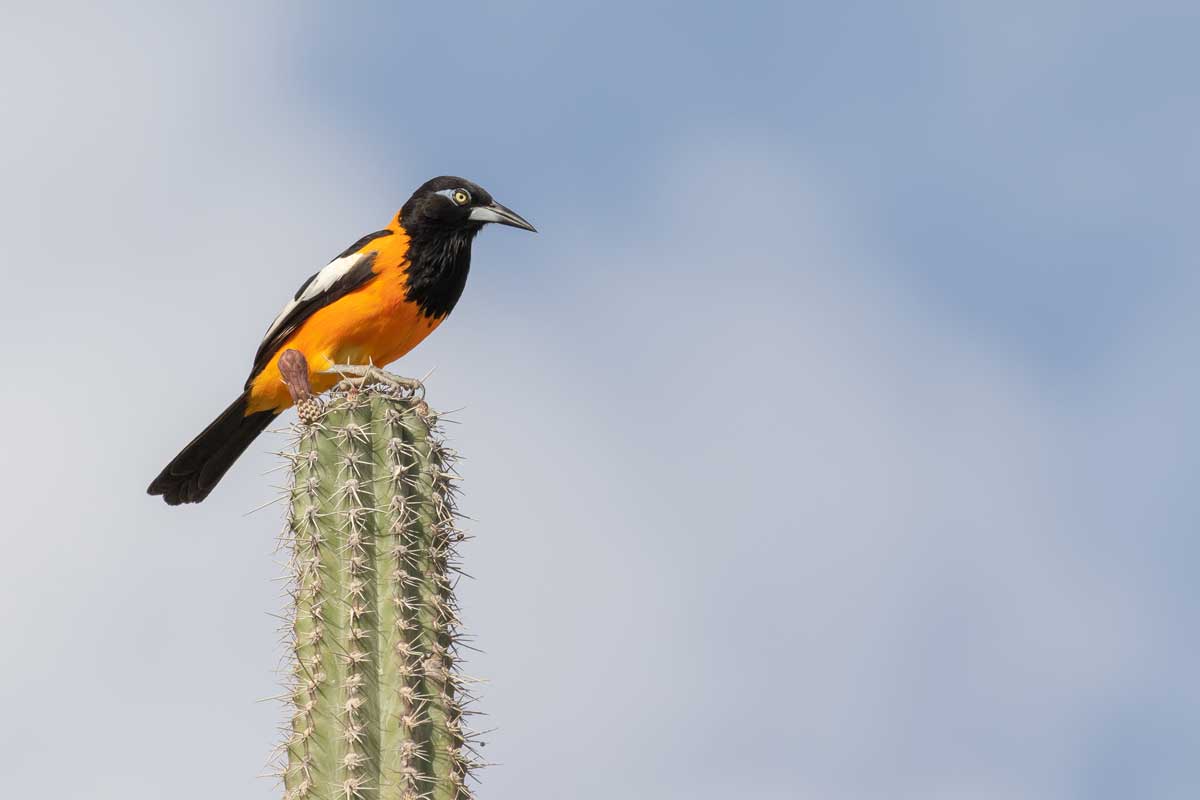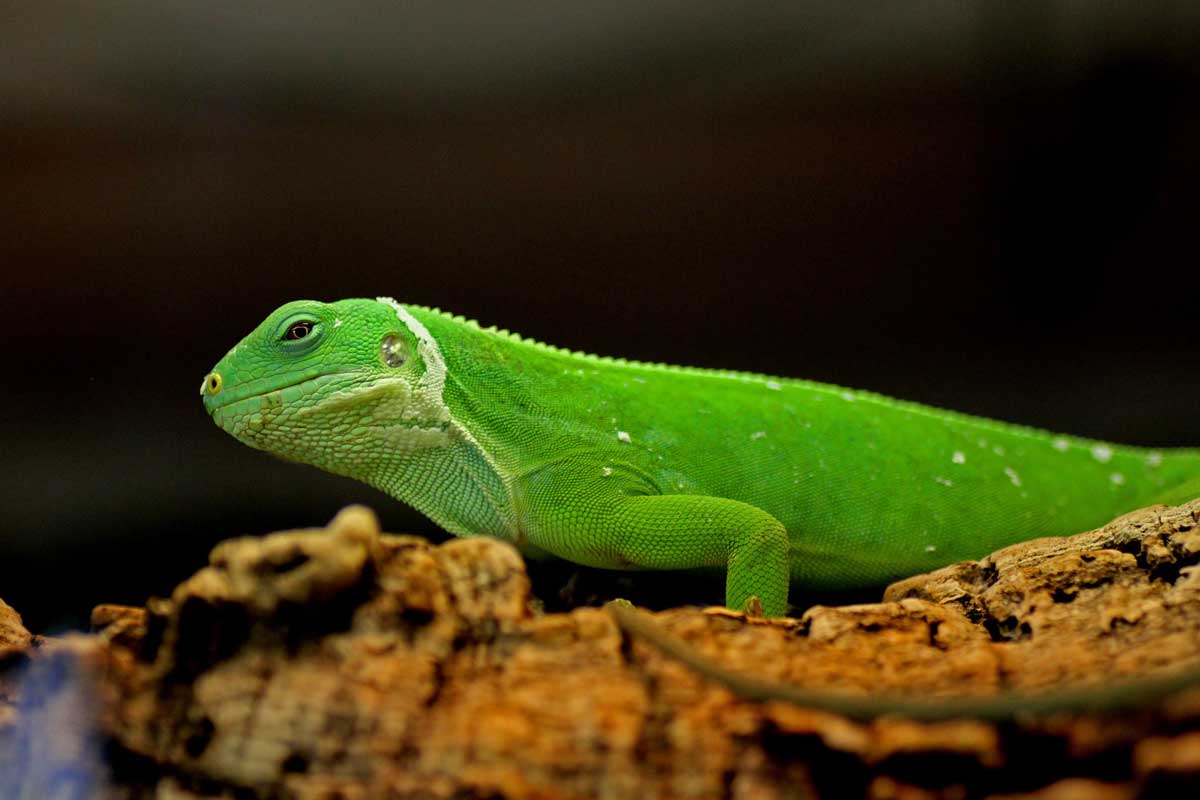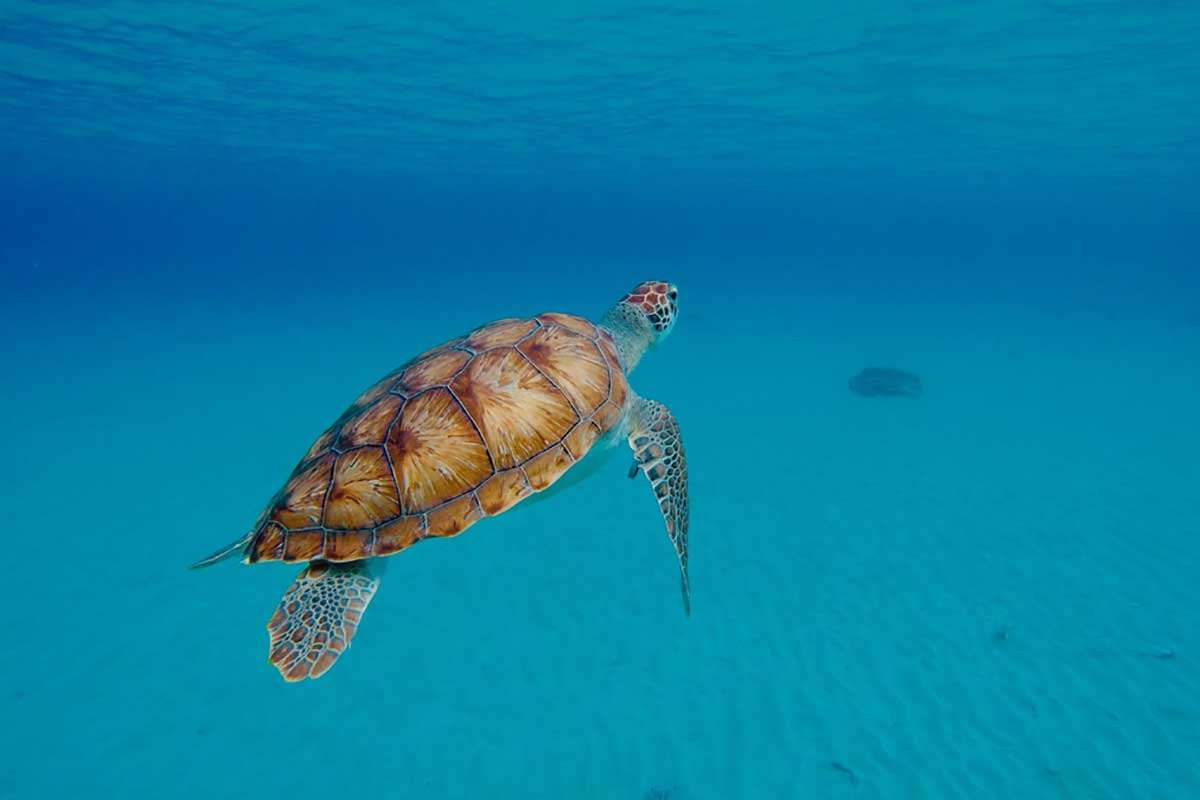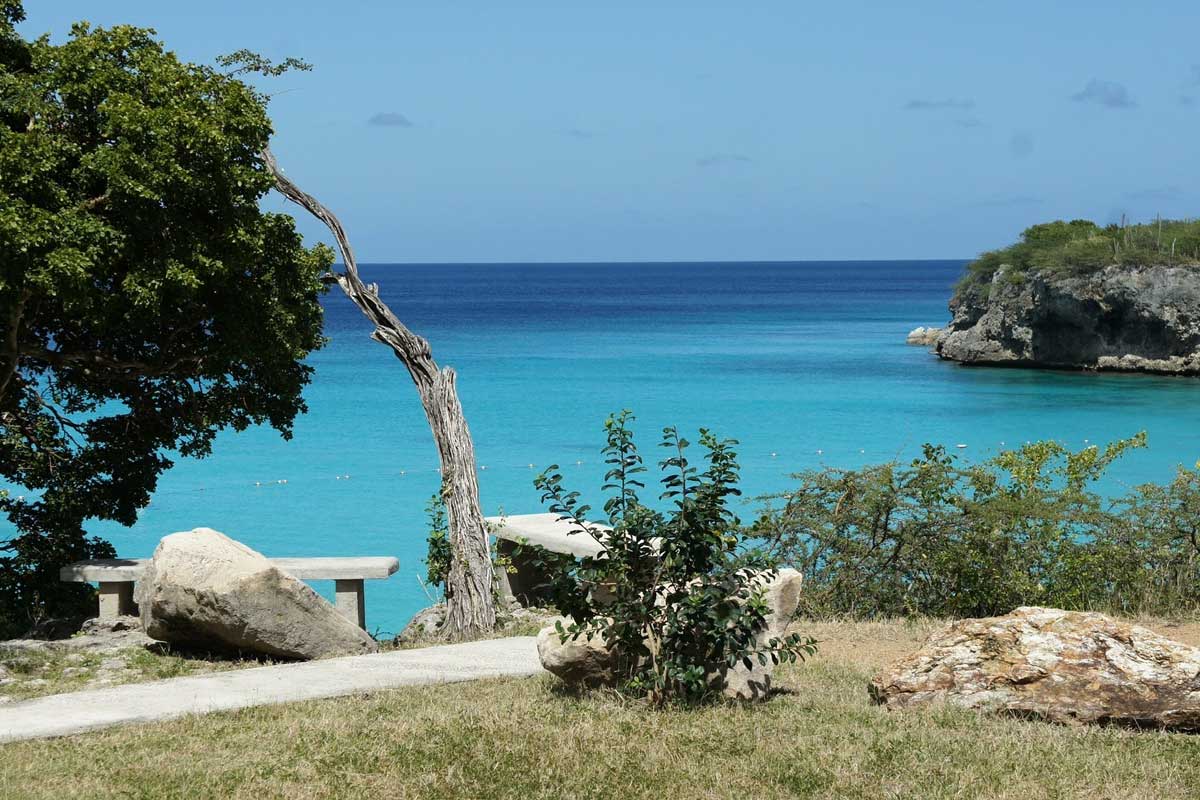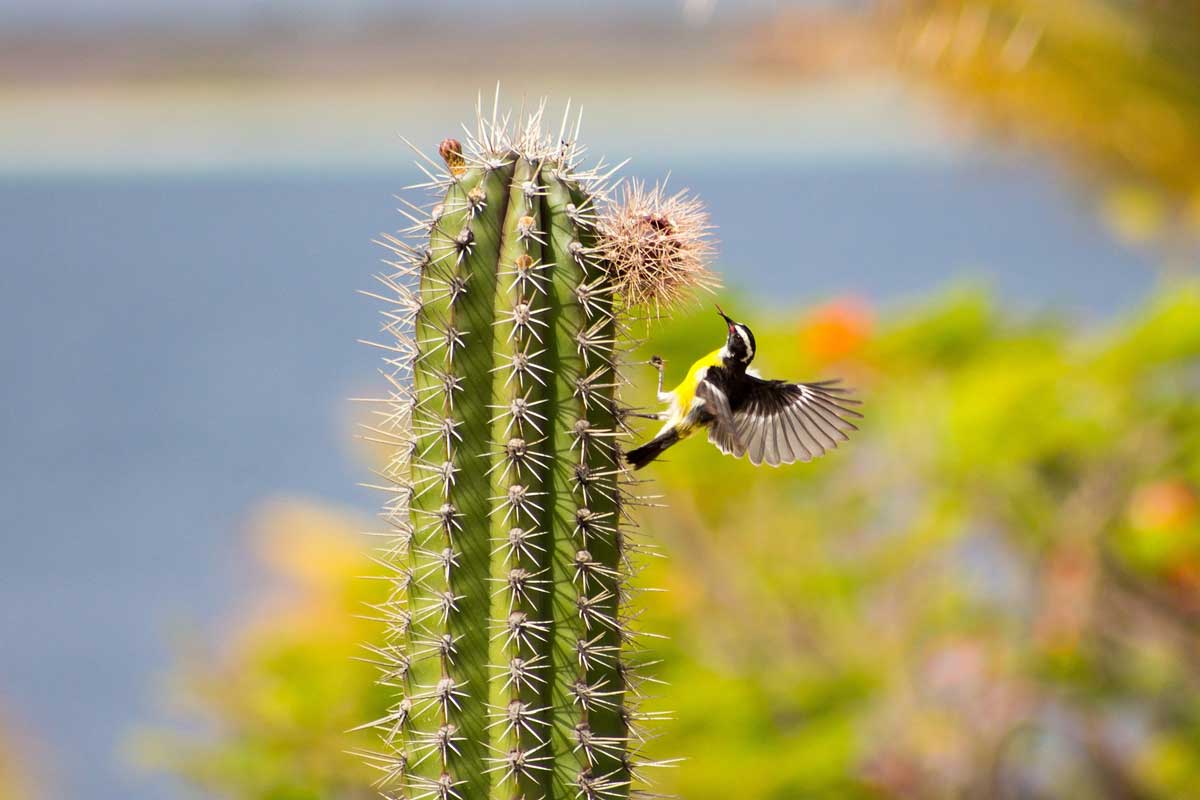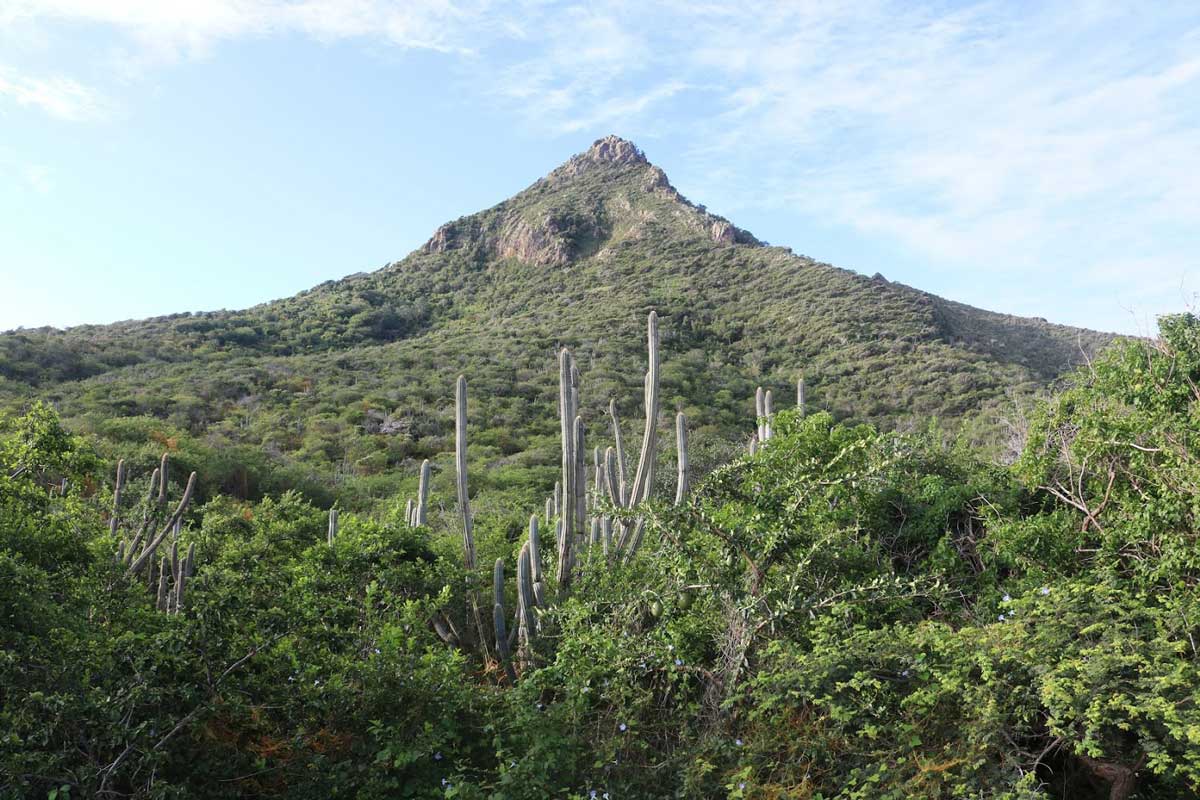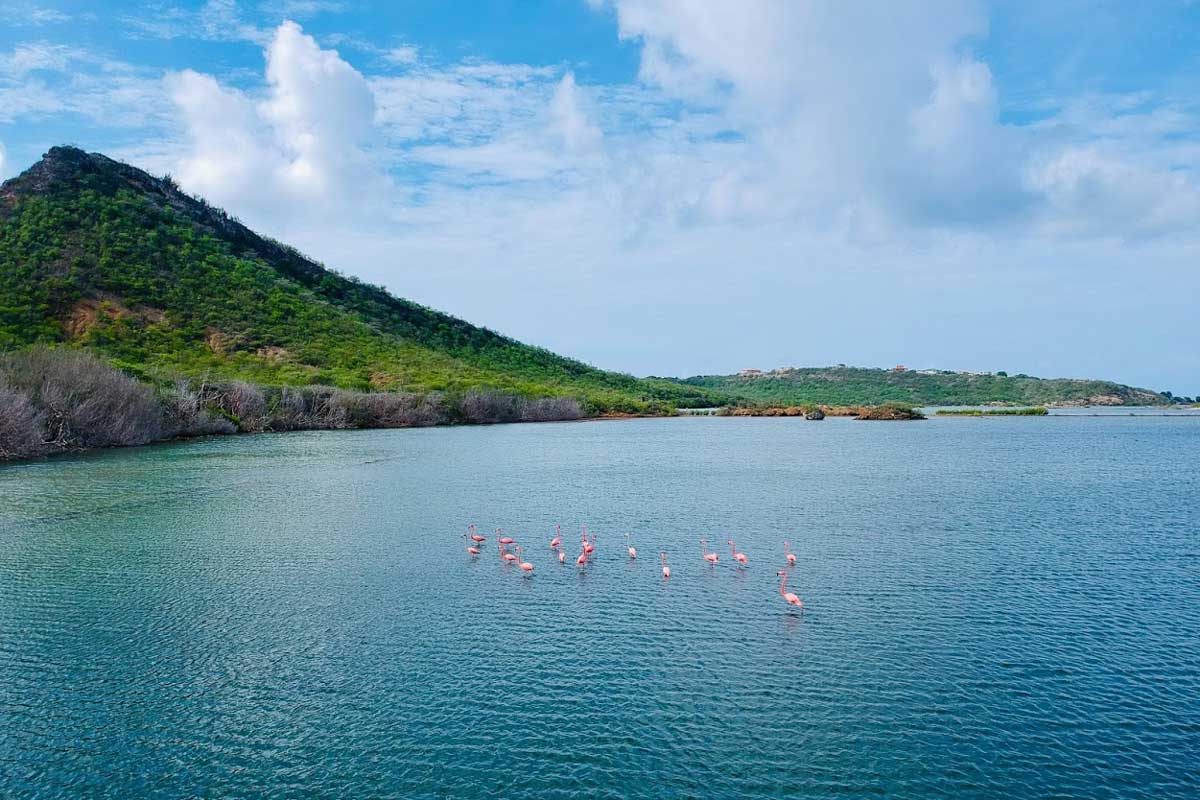Flora
Vegetation in Curaçao is different than what is more typical for a tropical island. Thorny trees and succulents are mainly what dominates the landscape.
There are 3 types of cactus, grouped as “columnar cacti” that you might catch a glimpse of by simply driving around the island:
But you must be aware as these cacti are hard to tell apart at first glance.
The most common thorny trees are Acacia trees, which is a shrub with small green leaves and long hard thorns.
There are 3 types of cactus, grouped as “columnar cacti” that you might catch a glimpse of by simply driving around the island:
- The Datu (Stenocereus griseus) which was historically used to build fences around the house.
- Kadushi (Cereus repandus) is made into a nutritious soup with a consistency similar of that okra soup.
- And Kadushi di Pushi (Pilosocereus lanuginosus) which has no actual use other than to collect cotton like fibers that grow in between the thorns to be used in torches.
But you must be aware as these cacti are hard to tell apart at first glance.
The most common thorny trees are Acacia trees, which is a shrub with small green leaves and long hard thorns.
Fauna
Curaçao is geographically in a subtropical zone with mostly semiarid terrain. Therefore, you should not expect to see the rainforest foliage as you would if associate to other Caribbean islands. These conditions make it so that numerous tropical species of mammals, birds, and lizards most often associated with rainforests cannot be supported on the island.
However, you will not be disappointed by the many species of hummingbirds, bananaquits, orioles, and the larger terns, herons, egrets, and even flamingos make their homes near ponds or in coastal areas. It is important to note that some of these areas are Ramsar areas, thus the ecology and biodiversity is protected. During your stay you are most likely greeted early in the morning by the harmonizing sounds of one of the common birds on the island which are either the Troupial, the mockingbird and/or the bananaquit.
Other than some field mice, small rabbits, and cave bats, Curaçao does not have a variety of mammal’s species. Occasionally you may see a donkey and/or some goats especially on your way to the more rural areas of the island, which were imported hundreds of years ago to assist in labor and for their meat. One thing you will encounter during your visit to Curaçao is the several species of iguana, light green in color with shimmering shades of aqua along the belly and sides.
Along the north shore of the island are several inlets that are home to breeding sea turtles. Even though turtles are a protected species on the island by the park system and can be visited accompanied by park rangers, there is a beach where you can swim alongside turtles. You can get this experience at “Playa Piscado” the fishermen beach in Banda Abou.
However, you will not be disappointed by the many species of hummingbirds, bananaquits, orioles, and the larger terns, herons, egrets, and even flamingos make their homes near ponds or in coastal areas. It is important to note that some of these areas are Ramsar areas, thus the ecology and biodiversity is protected. During your stay you are most likely greeted early in the morning by the harmonizing sounds of one of the common birds on the island which are either the Troupial, the mockingbird and/or the bananaquit.
Other than some field mice, small rabbits, and cave bats, Curaçao does not have a variety of mammal’s species. Occasionally you may see a donkey and/or some goats especially on your way to the more rural areas of the island, which were imported hundreds of years ago to assist in labor and for their meat. One thing you will encounter during your visit to Curaçao is the several species of iguana, light green in color with shimmering shades of aqua along the belly and sides.
Along the north shore of the island are several inlets that are home to breeding sea turtles. Even though turtles are a protected species on the island by the park system and can be visited accompanied by park rangers, there is a beach where you can swim alongside turtles. You can get this experience at “Playa Piscado” the fishermen beach in Banda Abou.

